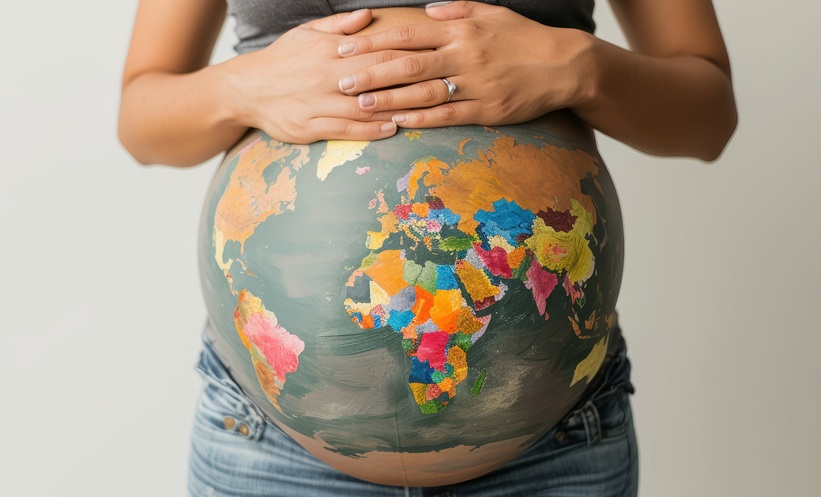HEATWAVE-associated cardiac mortality demonstrates distinct nonlinear exposure-response patterns depending on heatwave type, with compound day-night events showing the highest risks and mortality burden, according to this nationwide Chinese study of 2.39 million heart disease deaths.
Short-term heatwave exposure is linked to increased heart disease mortality, but traditional binary definitions of heatwaves limit understanding of exposure-response relationships. This study explored these associations using excess cumulative temperatures in heatwaves (ECT-HW) across three heatwave types: daytime-only (DHW), nighttime-only (NHW), and day-night compound (CHW). Analysing 2,392,154 heart disease deaths in mainland China (2013–2019), researchers employed a case-crossover design with distributed lag nonlinear models to assess mortality risks.
Mortality risks rose steadily across all ECT-HW levels for compound heatwaves (odds ratio [OR]: 1.86 at peak exposure), without detectable thresholds. In contrast, nighttime-only heatwaves showed risks emerging above the 25th ECT-HW percentile and stabilising beyond the 90th percentile (OR: 1.16), while daytime-only heatwaves plateaued between the 50th–95th percentiles before rising again (OR: 1.19). Compound heatwaves accounted for 41,869 excess deaths (1.75% of total cardiac mortality), significantly exceeding burdens from nighttime-only (9,092; 0.38%) and daytime-only (9,809; 0.41%) events. Traditional binary metrics underestimated these burdens by 35–68%. Sudden cardiac arrest (OR: 2.12), acute myocardial infarction (OR: 1.94), and heart failure (OR: 1.89) were most vulnerable to compound heatwaves, while pulmonary heart disease showed lower susceptibility (OR: 1.21).
These findings highlight the inadequacy of traditional heatwave definitions for assessing cardiac risks. The near-linear risk progression with compound heatwaves suggests no safe exposure threshold, necessitating continuous public health interventions during prolonged heat events. For daytime-only and nighttime-only heatwaves, risk thresholds at the 50th and 90th ECT-HW percentiles, respectively, could guide early warning systems. Clinicians should prioritise disease-specific precautions, particularly for high-risk cardiac conditions, during compound heatwaves.
Reference
Yu X et al. Nonlinear relation between cardiac mortality and excess temperature in heatwaves: exposure response in 2.39 million patients. JACC. 2025;DOI:10.1016/j.jacc.2025.01.034.







